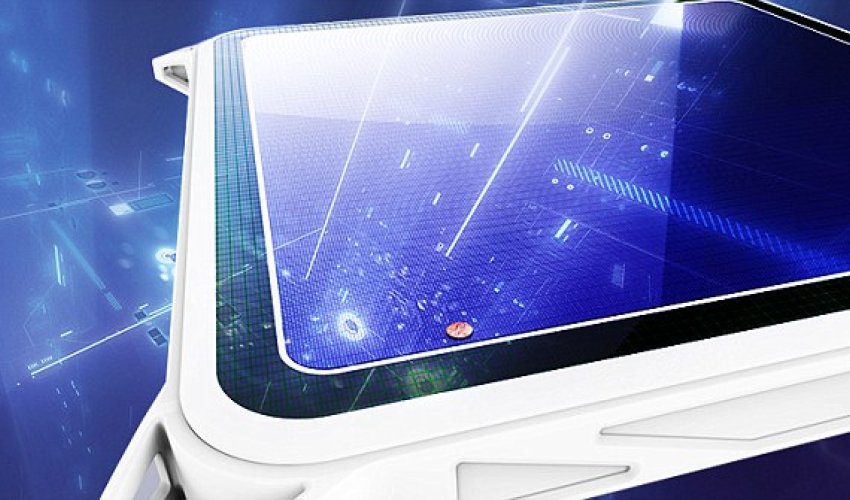The telescope reinvented

The design of telescopes hasn't changed much since Galileo used one to gaze at the moon 400 years ago.
But they could be about to undergo a radical makeover.
Engineers at defence firm, Lockheed Martin, want telescopes to use an array of tiny lenses rather than one large lens.
They claim this design will allow telescopes to shrink by a factor of 10 to 100.
The work is part of a Darpa-funded project dubbed Segmented Planar Imaging Detector for Electro-optical Reconnaissance, or 'Spider'.
From space, the need for higher-resolution imaging to resolve far away objects requires bigger telescopes that can be expensive to launch into orbit.
'We can only scale the size and weight of telescopes so much before it becomes impractical to launch them into orbit and beyond,' said Danielle Wuchenich, senior research scientist at Lockheed Martin.
'Besides, the way our eye works is not the only way to process images from the world around us.'
To reduce the size of future telescopes, the Spider project using a technique called interferometry.
Interferometry takes in what you're seeing, photons, using a thin array of tiny lenses that replaces the large, bulky mirrors or lenses in traditional telescopes.
Large-scale interferometer arrays, located in observatories around the world, are used to collect data over large periods of time to form ultra-high-resolution images of objects in space.
Spider flips that concept, staring instead from space, and trading person-sized for hundreds or thousands of tiny lenses.
These lenses use silicon-chip photonic integrated circuits (PICs) to combine the light in pairs to form interference fringes.
The amplitude and phase of the fringes are measured and used to construct a digital image.
This provides an increase in resolution while maintaining a thin disk.
It's a revolutionary concept similar to the idea that helped replace your bulky old television with a thin display that can hang on your living room wall, Lockheed claims.
Spider, could make a big difference for commercial and government satellites alike.
What's new is the ability to build interferometer arrays that have the same number of channels as a digital camera,' said Alan Duncan, senior fellow at Lockheed Martin.
'They can take a snapshot, process it and there's your image. It's basically treating interferometer arrays like a point-and-shoot camera.'
Telescopes have always been cylindrical, but Spider could begin a new era of different thin-disk shapes staring in the sky, from squares to hexagons and even conformal concepts.
The team envisions a future where a telescope could be scaled up to serve in a similar capacity as telescopes that are currently photographing the planet, and at a fraction of the cost.
In fact, Spider could even be able to operate on a spacecraft as a hosted payload, where it could simply be mounted to the side of a vehicle with minimal size, weight and power impact.
'Spider has the potential to enable exciting discoveries by putting high-resolution imaging systems within outer planet system orbits such as Saturn and Jupiter,' said Duncan.
'The ability to reduce size, weight and power could significantly change the game.
'With 10 to 100 times the resolution of a comparable-weight traditional telescope, imagine what you could discover.'
(http://www.dailymail.co.uk/sciencetech/article-3412822/The-telescope-reinvented-Lockheed-Martin-reveals-spider-eye-hundreds-tiny-lenses.html#ixzz3yFsrRdqY)
www.ann.az
Similar news
Similar news
Latest news 
More news 



































 Photo
Photo 



 Video
Video 

